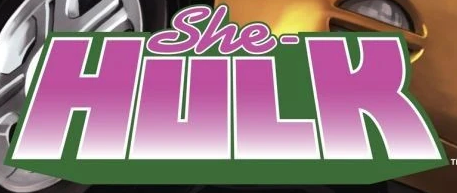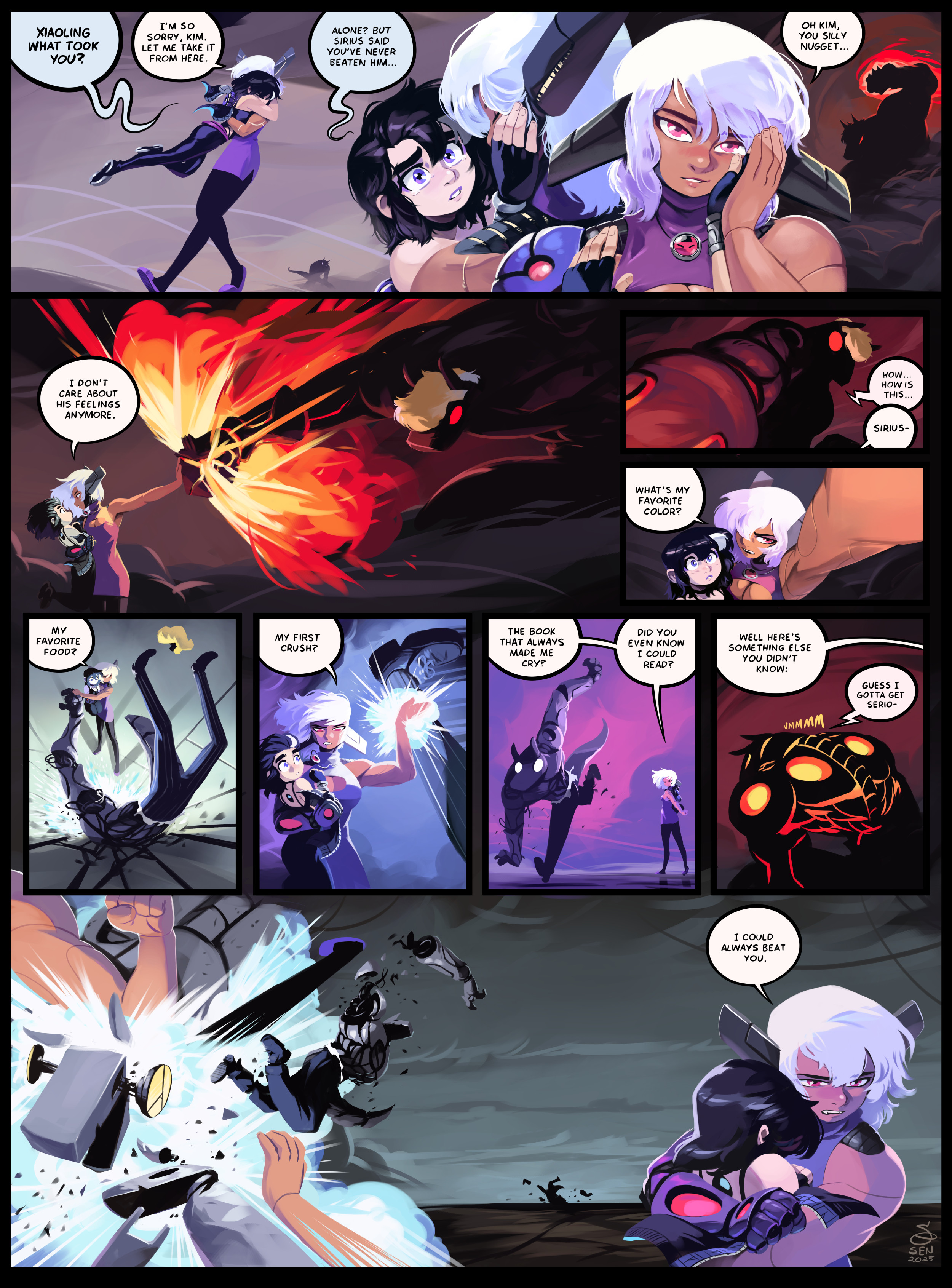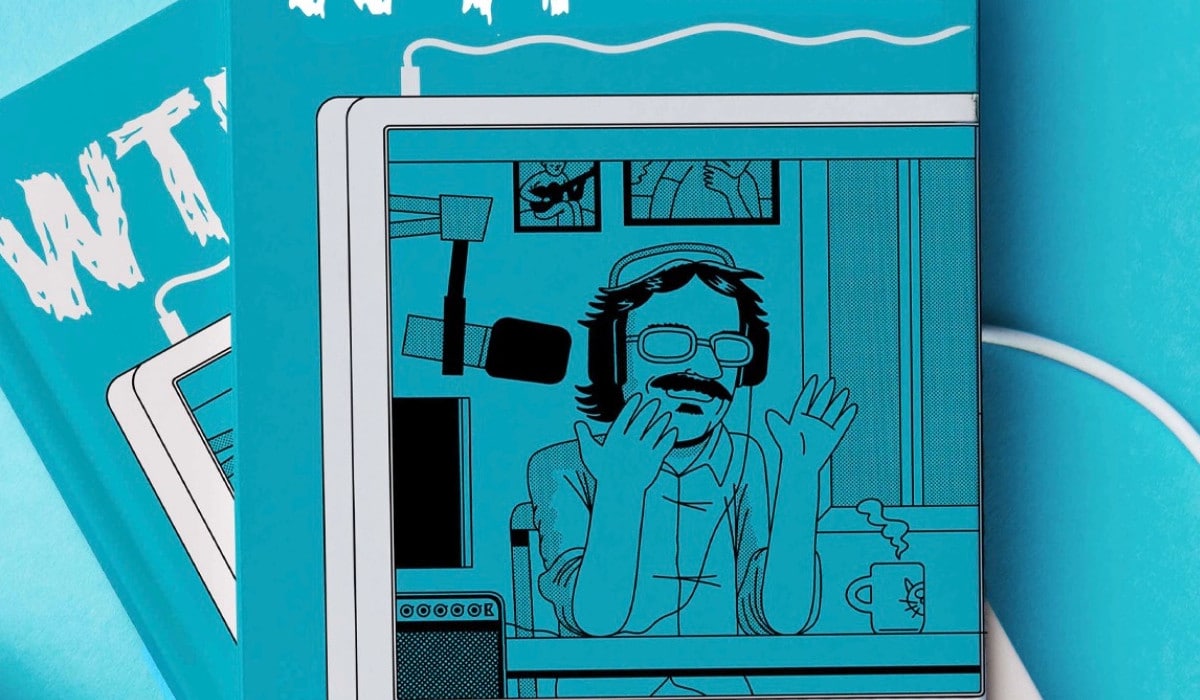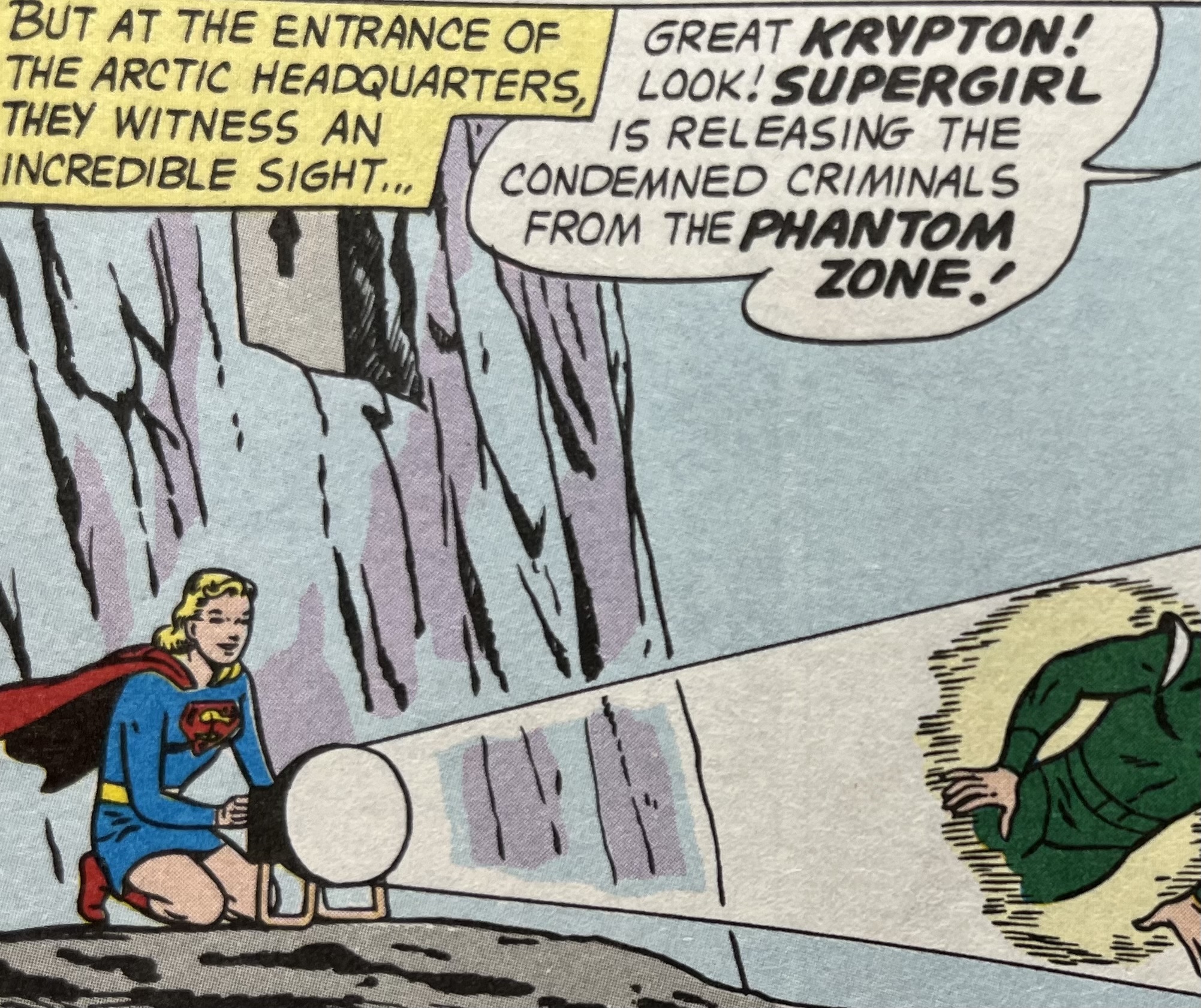Showing a parent how comics can correspond to a Lexile measure in the 700s is like showing parents the money. At Friday’s “Comics Under Fire” panel, held at the Shiley Special Events Suite in the San Diego Central Library, Green Dot Public Schools literary curriculum specialist Peter Carlson and Portland State University English Professor Susan Kirtley demonstrated to educators how to reframe the discussion around comic book censorship, shifting the conversation toward enthusiasm rather than negative reinforcement.
 Peter Carlson (left) and Susan Kirtley (right) present on “Comics Under Fire” at SDCC ’25.
Peter Carlson (left) and Susan Kirtley (right) present on “Comics Under Fire” at SDCC ’25.“When you frame comics as meeting existing academic expectations, you shift the conversation from ‘Should we allow this?’ to ‘How does this support her?’ That’s what you want,” explained Carlson.
According to Carlson, the rationale behind censorship stems from triggering phrases such as “offensive language,” “promoting critical race theory,” and “inappropriate for age.” The interplay of image and text in comics makes them especially vulnerable to what he terms the straw man argument—focusing on a single perceived offense to convince school or library boards that the material is unsuitable for consumption.
However, presenting comics as quantitative academic tools—such as linking them to Lexile levels—can prompt parents to reconsider. Lexile levels define the rigor of a text and a reader’s ability to interpret and grasp its complexities. Moreover, comics engage students in dual coding theory—the idea that human cognition stores information verbally and visually, enhancing comprehension and memory.
“What the brain is doing for students is creating independent learners,” said Carlson. “And so just like any text, you can build them up, bolstering their transferable skills. Because outside the classrooms, everything is a marriage of English text [and images].”
Kirtley added historical context, noting that the origins of comic book censorship coincided with the earliest appearance of comics themselves. Percival Chubb, Sterling North, and Frederic Wertham were among the most vocal naysayers, denouncing comics for its negative impact on children. Their outcries lead to the formation of the Comics Code Authority (CCA), a self-policing body that formed in response to the moral panic following Wertham’s Seduction of the Innocent was released in 1954. At the time, censorship efforts focused primarily on commercially sold comics. Today’s wave of censorship differs, targeting materials read in schools rather than those purchased privately.
“Right now, they’re coming after Raina Telgemeier, they’re coming after these books that we laud, that we love, that we support, that are winning the awards,” said Kirtley. “They’re coming after these great comics—Maus, Persepolis—things that we read. So, it’s an interesting transition.”
Carlson and Kirtley suggested several resources that educators could use, such as staying informed through outlets such as PEN America, the American Library Association, and the Comic Book Legal Defense Fund. In addition to reframing the conversation around comics, the tandem also suggested building alliances and referencing resources from the National Council of Teachers of English (NCTE). Most importantly, they stressed the need for transparency, with educators, parents and administrators.
“Your first step in combating this kind of censorship of your curriculum is be proactive, transparent. Let people know,” reiterated Carlson. “So, in your syllabus, go over that with the kids, letting them know. Send it home. Have parents sign it and bring it back. Let administrators know. Let people know not just what you’re going to do, but the why, and the why is continuing to frame comics as academically written.”
Stay tuned to The Beat for more coverage from SDCC ’25.




















 English (US) ·
English (US) ·